

Professor Murray
Inverse Trigonometric Functions
Slide Duration:Table of Contents
39m 5s
- Intro0:00
- Degrees0:22
- Circle is 360 Degrees0:48
- Splitting a Circle1:13
- Radians2:08
- Circle is 2 Pi Radians2:31
- One Radian2:52
- Half-Circle and Right Angle4:00
- Converting Between Degrees and Radians6:24
- Formulas for Degrees and Radians6:52
- Coterminal, Complementary, Supplementary Angles7:23
- Coterminal Angles7:30
- Complementary Angles9:40
- Supplementary Angles10:08
- Example 1: Dividing a Circle10:38
- Example 2: Converting Between Degrees and Radians11:56
- Example 3: Quadrants and Coterminal Angles14:18
- Extra Example 1: Common Angle Conversions-1
- Extra Example 2: Quadrants and Coterminal Angles-2
43m 16s
- Intro0:00
- Sine and Cosine0:15
- Unit Circle0:22
- Coordinates on Unit Circle1:03
- Right Triangles1:52
- Adjacent, Opposite, Hypotenuse2:25
- Master Right Triangle Formula: SOHCAHTOA2:48
- Odd Functions, Even Functions4:40
- Example: Odd Function4:56
- Example: Even Function7:30
- Example 1: Sine and Cosine10:27
- Example 2: Graphing Sine and Cosine Functions14:39
- Example 3: Right Triangle21:40
- Example 4: Odd, Even, or Neither26:01
- Extra Example 1: Right Triangle-1
- Extra Example 2: Graphing Sine and Cosine Functions-2
33m 5s
- Intro0:00
- 45-45-90 Triangle and 30-60-90 Triangle0:08
- 45-45-90 Triangle0:21
- 30-60-90 Triangle2:06
- Mnemonic: All Students Take Calculus (ASTC)5:21
- Using the Unit Circle5:59
- New Angles6:21
- Other Quadrants9:43
- Mnemonic: All Students Take Calculus10:13
- Example 1: Convert, Quadrant, Sine/Cosine13:11
- Example 2: Convert, Quadrant, Sine/Cosine16:48
- Example 3: All Angles and Quadrants20:21
- Extra Example 1: Convert, Quadrant, Sine/Cosine-1
- Extra Example 2: All Angles and Quadrants-2
52m 3s
- Intro0:00
- Amplitude and Period of a Sine Wave0:38
- Sine Wave Graph0:58
- Amplitude: Distance from Middle to Peak1:18
- Peak: Distance from Peak to Peak2:41
- Phase Shift and Vertical Shift4:13
- Phase Shift: Distance Shifted Horizontally4:16
- Vertical Shift: Distance Shifted Vertically6:48
- Example 1: Amplitude/Period/Phase and Vertical Shift8:04
- Example 2: Amplitude/Period/Phase and Vertical Shift17:39
- Example 3: Find Sine Wave Given Attributes25:23
- Extra Example 1: Amplitude/Period/Phase and Vertical Shift-1
- Extra Example 2: Find Cosine Wave Given Attributes-2
36m 4s
- Intro0:00
- Tangent and Cotangent Definitions0:21
- Tangent Definition0:25
- Cotangent Definition0:47
- Master Formula: SOHCAHTOA1:01
- Mnemonic1:16
- Tangent and Cotangent Values2:29
- Remember Common Values of Sine and Cosine2:46
- 90 Degrees Undefined4:36
- Slope and Menmonic: ASTC5:47
- Uses of Tangent5:54
- Example: Tangent of Angle is Slope6:09
- Sign of Tangent in Quadrants7:49
- Example 1: Graph Tangent and Cotangent Functions10:42
- Example 2: Tangent and Cotangent of Angles16:09
- Example 3: Odd, Even, or Neither18:56
- Extra Example 1: Tangent and Cotangent of Angles-1
- Extra Example 2: Tangent and Cotangent of Angles-2
27m 18s
- Intro0:00
- Secant and Cosecant Definitions0:17
- Secant Definition0:18
- Cosecant Definition0:33
- Example 1: Graph Secant Function0:48
- Example 2: Values of Secant and Cosecant6:49
- Example 3: Odd, Even, or Neither12:49
- Extra Example 1: Graph of Cosecant Function-1
- Extra Example 2: Values of Secant and Cosecant-2
32m 58s
- Intro0:00
- Arcsine Function0:24
- Restrictions between -1 and 10:43
- Arcsine Notation1:26
- Arccosine Function3:07
- Restrictions between -1 and 13:36
- Cosine Notation3:53
- Arctangent Function4:30
- Between -Pi/2 and Pi/24:44
- Tangent Notation5:02
- Example 1: Domain/Range/Graph of Arcsine5:45
- Example 2: Arcsin/Arccos/Arctan Values10:46
- Example 3: Domain/Range/Graph of Arctangent17:14
- Extra Example 1: Domain/Range/Graph of Arccosine-1
- Extra Example 2: Arcsin/Arccos/Arctan Values-2
31m 8s
- Intro0:00
- Inverse Trigonometric Function Domains and Ranges0:31
- Arcsine0:41
- Arccosine1:14
- Arctangent1:41
- Example 1: Arcsines of Common Values2:44
- Example 2: Odd, Even, or Neither5:57
- Example 3: Arccosines of Common Values12:24
- Extra Example 1: Arctangents of Common Values-1
- Extra Example 2: Arcsin/Arccos/Arctan Values-2
19m 11s
- Intro0:00
- Pythagorean Identity0:17
- Pythagorean Triangle0:27
- Pythagorean Identity0:45
- Example 1: Use Pythagorean Theorem to Prove Pythagorean Identity1:14
- Example 2: Find Angle Given Cosine and Quadrant4:18
- Example 3: Verify Trigonometric Identity8:00
- Extra Example 1: Use Pythagorean Identity to Prove Pythagorean Theorem-1
- Extra Example 2: Find Angle Given Cosine and Quadrant-2
23m 16s
- Intro0:00
- Main Formulas0:19
- Companion to Pythagorean Identity0:27
- For Cotangents and Cosecants0:52
- How to Remember0:58
- Example 1: Prove the Identity1:40
- Example 2: Given Tan Find Sec3:42
- Example 3: Prove the Identity7:45
- Extra Example 1: Prove the Identity-1
- Extra Example 2: Given Sec Find Tan-2
52m 52s
- Intro0:00
- Addition and Subtraction Formulas0:09
- How to Remember0:48
- Cofunction Identities1:31
- How to Remember Graphically1:44
- Where to Use Cofunction Identities2:52
- Example 1: Derive the Formula for cos(A-B)3:08
- Example 2: Use Addition and Subtraction Formulas16:03
- Example 3: Use Addition and Subtraction Formulas to Prove Identity25:11
- Extra Example 1: Use cos(A-B) and Cofunction Identities-1
- Extra Example 2: Convert to Radians and use Formulas-2
29m 5s
- Intro0:00
- Main Formula0:07
- How to Remember from Addition Formula0:18
- Two Other Forms1:35
- Example 1: Find Sine and Cosine of Angle using Double Angle3:16
- Example 2: Prove Trigonometric Identity using Double Angle9:37
- Example 3: Use Addition and Subtraction Formulas12:38
- Extra Example 1: Find Sine and Cosine of Angle using Double Angle-1
- Extra Example 2: Prove Trigonometric Identity using Double Angle-2
43m 55s
- Intro0:00
- Main Formulas0:09
- Confusing Part0:34
- Example 1: Find Sine and Cosine of Angle using Half-Angle0:54
- Example 2: Prove Trigonometric Identity using Half-Angle11:51
- Example 3: Prove the Half-Angle Formula for Tangents18:39
- Extra Example 1: Find Sine and Cosine of Angle using Half-Angle-1
- Extra Example 2: Prove Trigonometric Identity using Half-Angle-2
25m 43s
- Intro0:00
- Master Formula for Right Angles0:11
- SOHCAHTOA0:15
- Only for Right Triangles1:26
- Example 1: Find All Angles in a Triangle2:19
- Example 2: Find Lengths of All Sides of Triangle7:39
- Example 3: Find All Angles in a Triangle11:00
- Extra Example 1: Find All Angles in a Triangle-1
- Extra Example 2: Find Lengths of All Sides of Triangle-2
56m 40s
- Intro0:00
- Law of Sines Formula0:18
- SOHCAHTOA0:27
- Any Triangle0:59
- Graphical Representation1:25
- Solving Triangle Completely2:37
- When to Use Law of Sines2:55
- ASA, SAA, SSA, AAA2:59
- SAS, SSS for Law of Cosines7:11
- Example 1: How Many Triangles Satisfy Conditions, Solve Completely8:44
- Example 2: How Many Triangles Satisfy Conditions, Solve Completely15:30
- Example 3: How Many Triangles Satisfy Conditions, Solve Completely28:32
- Extra Example 1: How Many Triangles Satisfy Conditions, Solve Completely-1
- Extra Example 2: How Many Triangles Satisfy Conditions, Solve Completely-2
49m 5s
- Intro0:00
- Law of Cosines Formula0:23
- Graphical Representation0:34
- Relates Sides to Angles1:00
- Any Triangle1:20
- Generalization of Pythagorean Theorem1:32
- When to Use Law of Cosines2:26
- SAS, SSS2:30
- Heron's Formula4:49
- Semiperimeter S5:11
- Example 1: How Many Triangles Satisfy Conditions, Solve Completely5:53
- Example 2: How Many Triangles Satisfy Conditions, Solve Completely15:19
- Example 3: Find Area of a Triangle Given All Side Lengths26:33
- Extra Example 1: How Many Triangles Satisfy Conditions, Solve Completely-1
- Extra Example 2: Length of Third Side and Area of Triangle-2
27m 37s
- Intro0:00
- Master Right Triangle Formula and Law of Cosines0:19
- SOHCAHTOA0:27
- Law of Cosines1:23
- Heron's Formula2:22
- Semiperimeter S2:37
- Example 1: Area of Triangle with Two Sides and One Angle3:12
- Example 2: Area of Triangle with Three Sides6:11
- Example 3: Area of Triangle with Three Sides, No Heron's Formula8:50
- Extra Example 1: Area of Triangle with Two Sides and One Angle-1
- Extra Example 2: Area of Triangle with Two Sides and One Angle-2
34m 25s
- Intro0:00
- Formulas to Remember0:11
- SOHCAHTOA0:15
- Law of Sines0:55
- Law of Cosines1:48
- Heron's Formula2:46
- Example 1: Telephone Pole Height4:01
- Example 2: Bridge Length7:48
- Example 3: Area of Triangular Field14:20
- Extra Example 1: Kite Height-1
- Extra Example 2: Roads to a Town-2
46m 42s
- Intro0:00
- Vector Formulas and Concepts0:12
- Vectors as Arrows0:28
- Magnitude0:38
- Direction0:50
- Drawing Vectors1:16
- Uses of Vectors: Velocity, Force1:37
- Vector Magnitude Formula3:15
- Vector Direction Formula3:28
- Vector Components6:27
- Example 1: Magnitude and Direction of Vector8:00
- Example 2: Force to a Box on a Ramp12:25
- Example 3: Plane with Wind18:30
- Extra Example 1: Components of a Vector-1
- Extra Example 2: Ship with a Current-2
1h 7m 35s
- Intro0:00
- Polar Coordinates vs Rectangular/Cartesian Coordinates0:12
- Rectangular Coordinates, Cartesian Coordinates0:23
- Polar Coordinates0:59
- Converting Between Polar and Rectangular Coordinates2:06
- R2:16
- Theta2:48
- Example 1: Convert Rectangular to Polar Coordinates6:53
- Example 2: Convert Polar to Rectangular Coordinates17:28
- Example 3: Graph the Polar Equation28:00
- Extra Example 1: Convert Polar to Rectangular Coordinates-1
- Extra Example 2: Graph the Polar Equation-2
35m 59s
- Intro0:00
- Main Definition0:07
- Number i0:23
- Complex Number Form0:33
- Powers of Imaginary Number i1:00
- Repeating Pattern1:43
- Operations on Complex Numbers3:30
- Adding and Subtracting Complex Numbers3:39
- Multiplying Complex Numbers4:39
- FOIL Method5:06
- Conjugation6:29
- Dividing Complex Numbers7:34
- Conjugate of Denominator7:45
- Example 1: Solve For Complex Number z11:02
- Example 2: Expand and Simplify15:34
- Example 3: Simplify the Powers of i17:50
- Extra Example 1: Simplify-1
- Extra Example 2: All Complex Numbers Satisfying Equation-2
40m 43s
- Intro0:00
- Polar Coordinates0:49
- Rectangular Form0:52
- Polar Form1:25
- R and Theta1:51
- Polar Form Conversion2:27
- R and Theta2:35
- Optimal Values4:05
- Euler's Formula4:25
- Multiplying Two Complex Numbers in Polar Form6:10
- Multiply r's Together and Add Exponents6:32
- Example 1: Convert Rectangular to Polar Form7:17
- Example 2: Convert Polar to Rectangular Form13:49
- Example 3: Multiply Two Complex Numbers17:28
- Extra Example 1: Convert Between Rectangular and Polar Forms-1
- Extra Example 2: Simplify Expression to Polar Form-2
57m 37s
- Intro0:00
- Introduction to DeMoivre's Theorem0:10
- n nth Roots3:06
- DeMoivre's Theorem: Finding nth Roots3:52
- Relation to Unit Circle6:29
- One nth Root for Each Value of k7:11
- Example 1: Convert to Polar Form and Use DeMoivre's Theorem8:24
- Example 2: Find Complex Eighth Roots15:27
- Example 3: Find Complex Roots27:49
- Extra Example 1: Convert to Polar Form and Use DeMoivre's Theorem-1
- Extra Example 2: Find Complex Fourth Roots-2
For more information, please see full course syllabus of Trigonometry
Trigonometry Inverse Trigonometric Functions
The inverse trigonometric functions are called the arcsine, arccosine, and arctangent. They are the opposite of sine, cosine, and tangent. That means that the range of one is the domain of the other, and the other way round. Note to be very careful with the notation of the inverse functions. There are some ambiguous notations that could be misleading. In this lecture you'll also learn how to graph these inverse functions. If you look closely, you'll see that the transformation of the sine graph doesn't pass the horizontal line test, so we'll need to use some restrictions. The same rule will apply to the other inverse functions.
Share this knowledge with your friends!
Copy & Paste this embed code into your website’s HTML
Please ensure that your website editor is in text mode when you paste the code.(In Wordpress, the mode button is on the top right corner.)
- - Allow users to view the embedded video in full-size.










































 Answer Engine
Answer Engine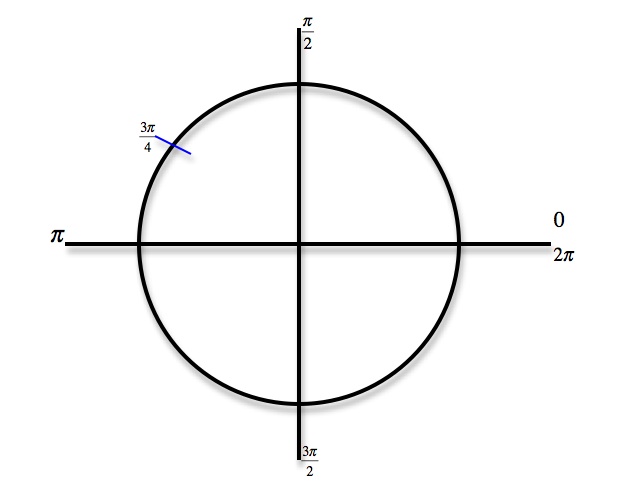
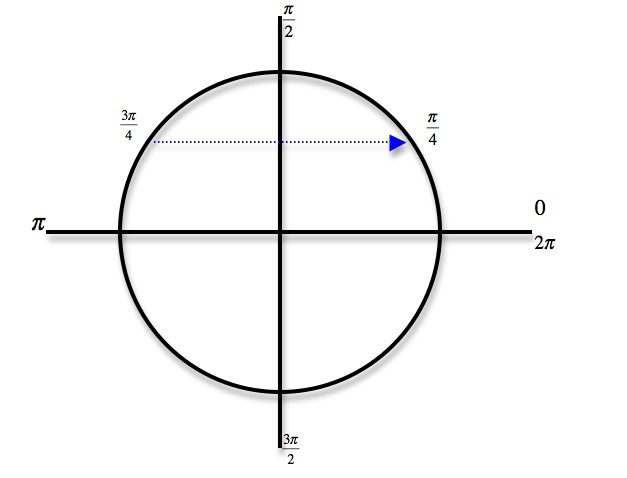
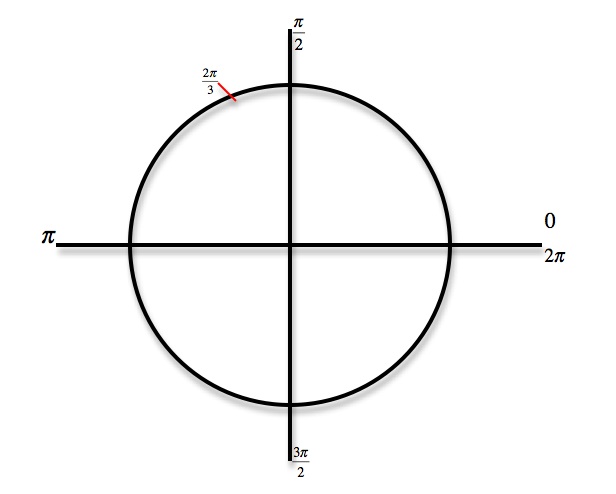
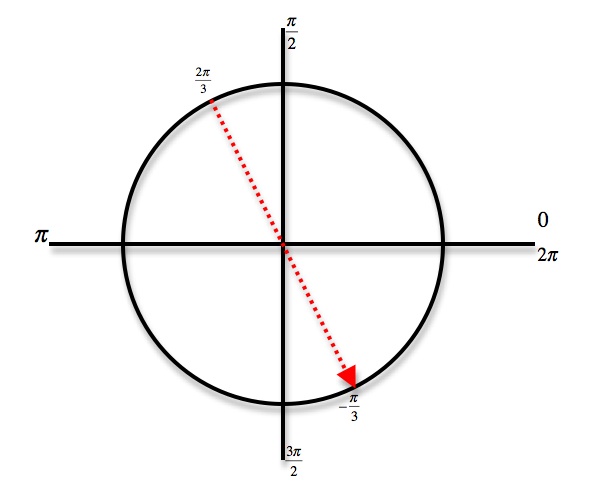
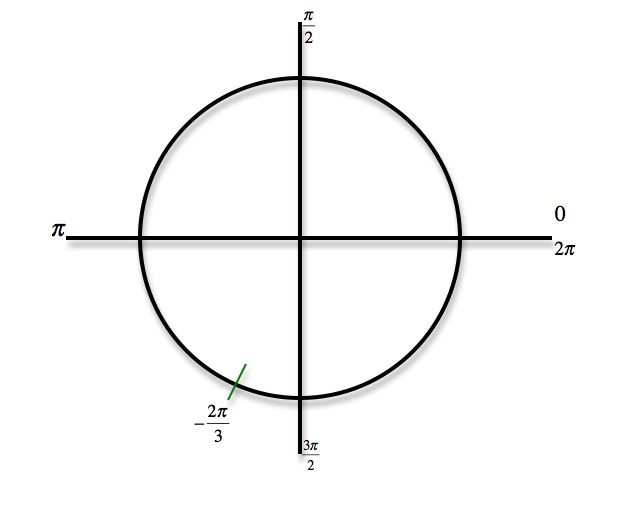
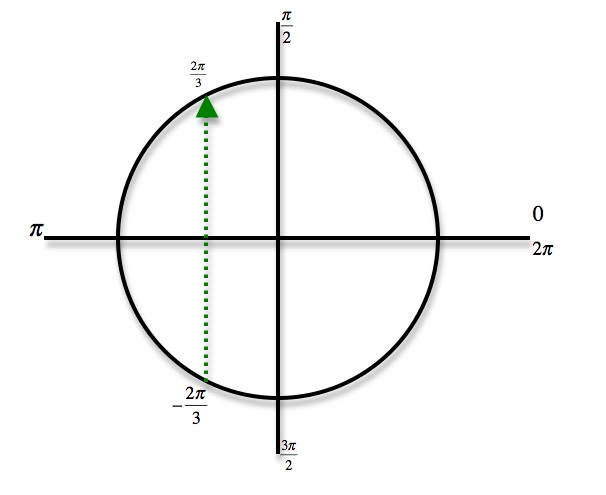
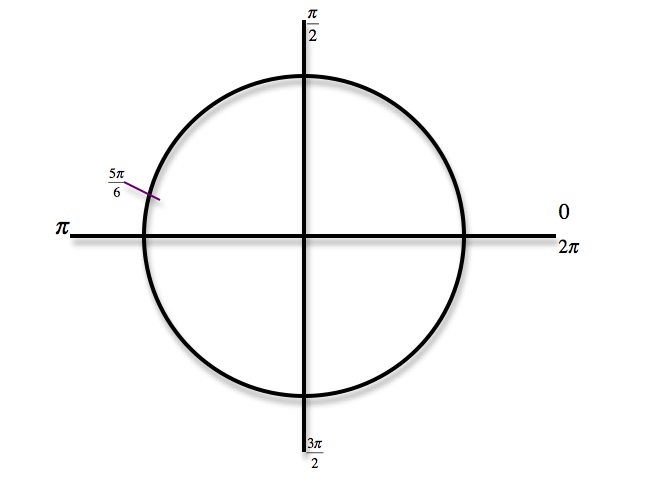
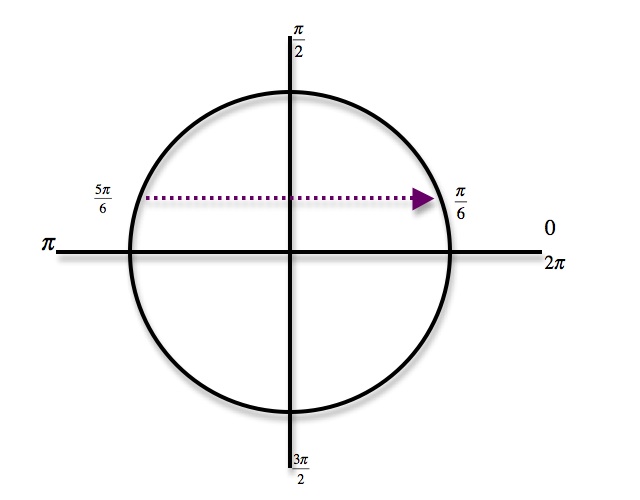
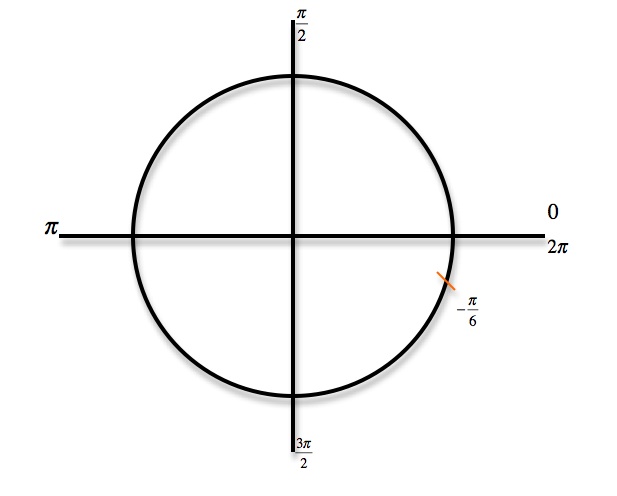
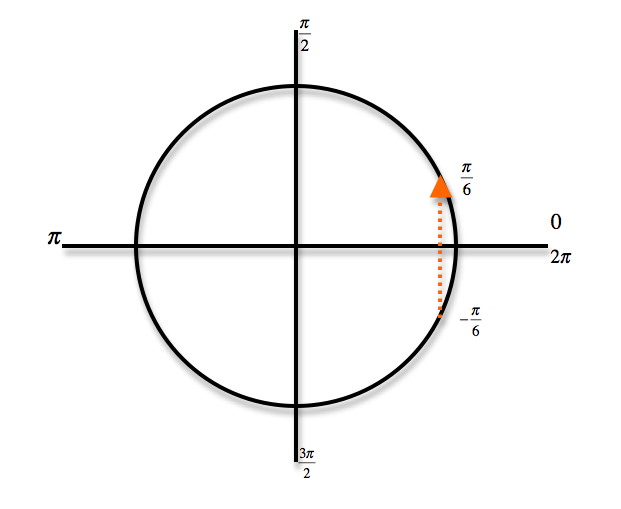
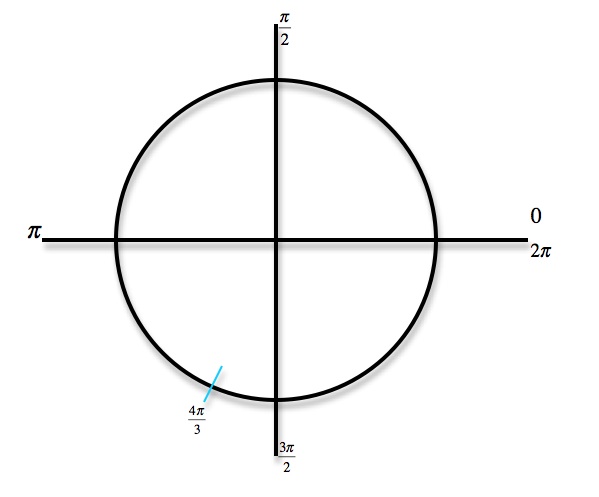
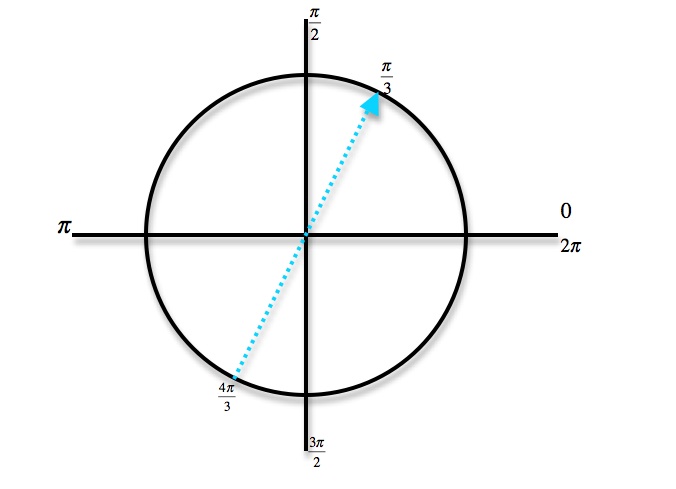
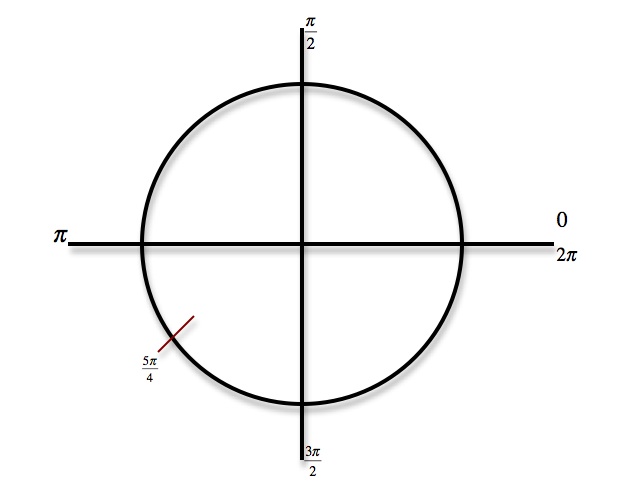
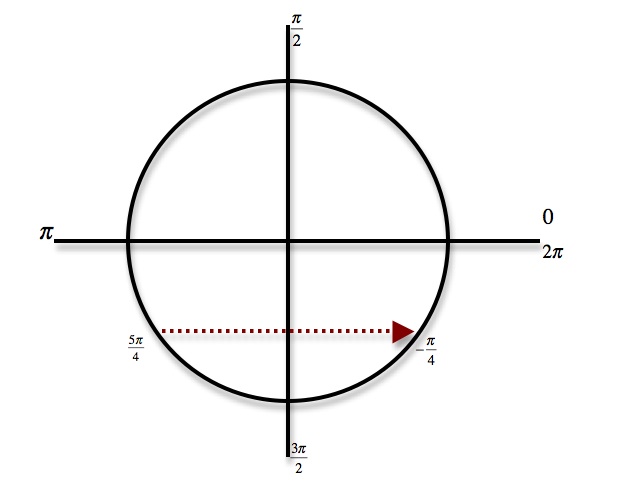
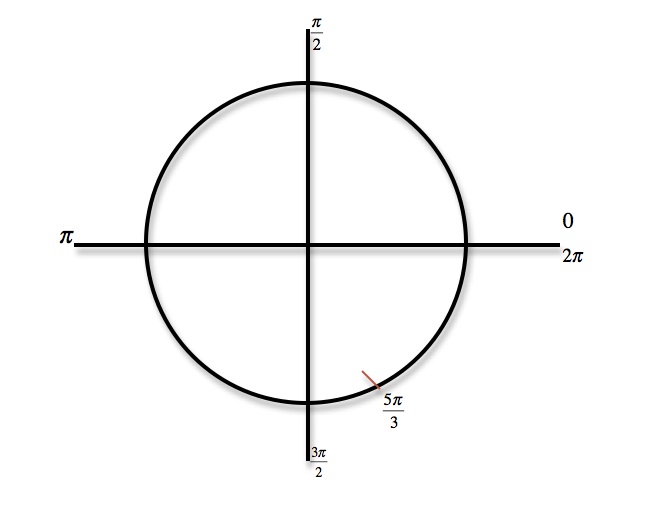
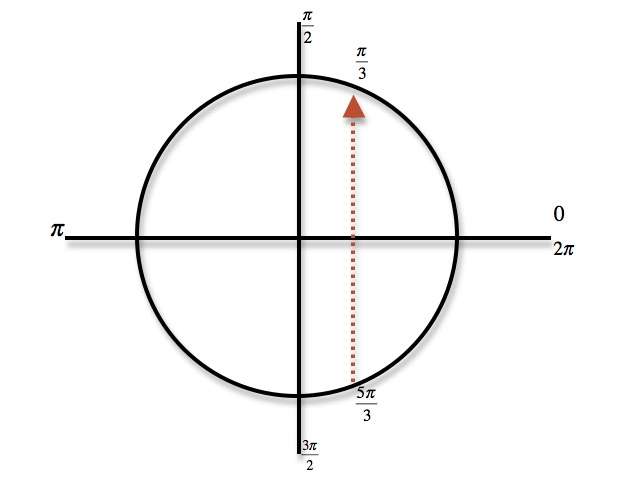
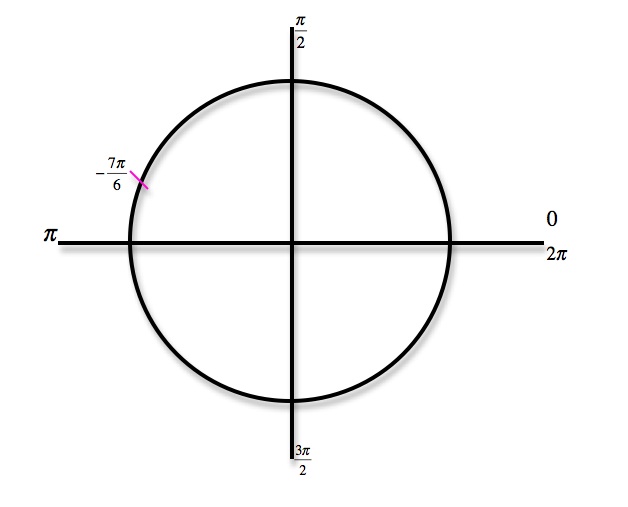
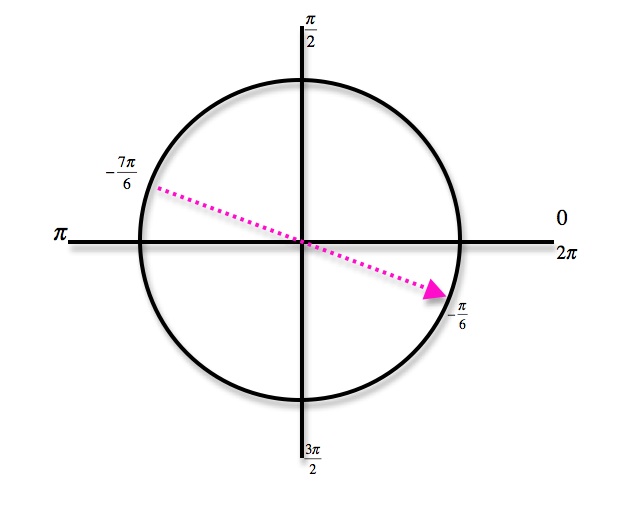
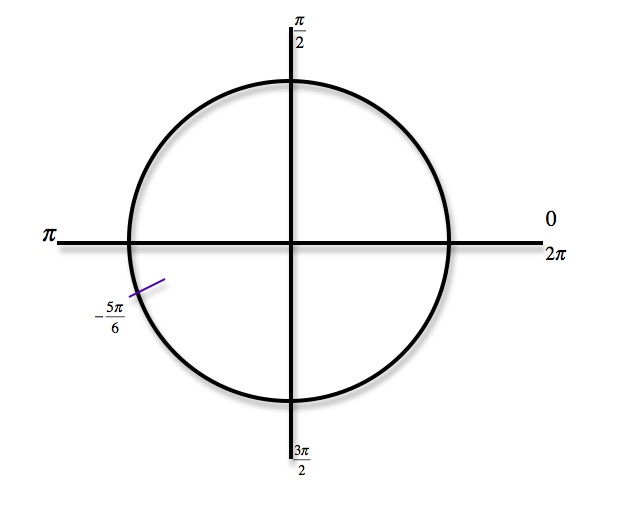
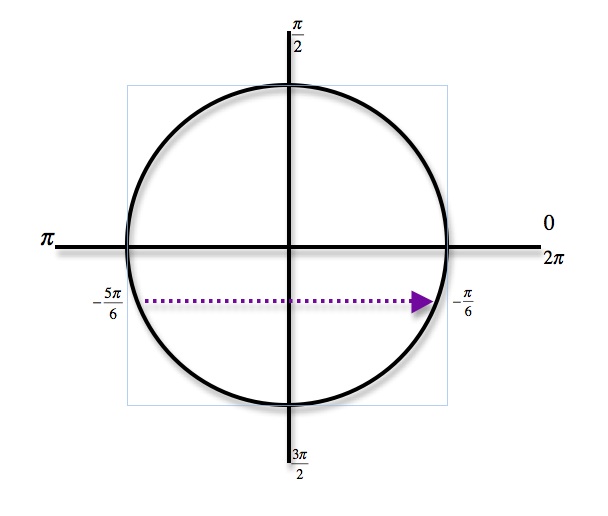
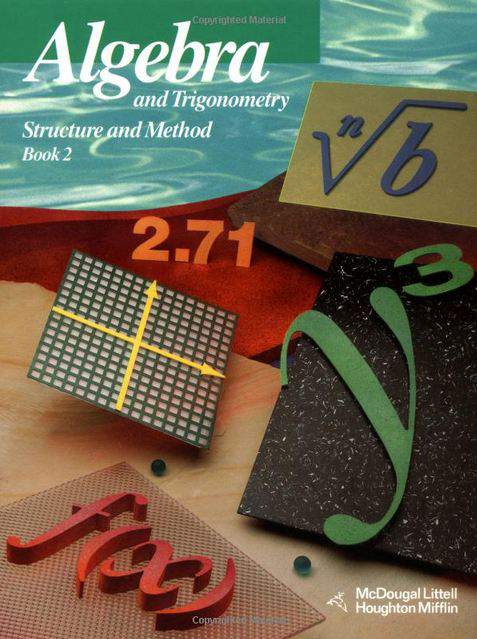



0 answers
Post by Marisol Messenger on February 10 at 01:38:46 PM
In Extra Example 3, why is negative pie over three in between pie over two and negative pie over two?
1 answer
Fri Jul 31, 2020 11:20 AM
Post by Victoria Su on July 29, 2020
I have a question regarding the extra example 2. It is not quite clear to me why arctangent is greater than or equal to negative pi/2 and smaller than or equal to pi/2. Aren't there supposed to be asymptotes at these two points? Meaning that they should not equal pi/2 and negative pi/2?
1 answer
Thu Jul 21, 2016 2:27 PM
Post by Julian Xiao on July 18, 2016
I have a question about Example 3 of the domain and range of arctangent. The domain is -inf. < x < inf. and the range is -pi/2 < y < pi/2, but can't you also include infinity and pi/2 and -infinity and -pi/2? Because technically the function intersects pi/2 at infinity, and also intersects -pi/2 at -infinity.
1 answer
Tue Aug 5, 2014 11:56 AM
Post by edder villegas on July 19, 2014
a don't see exercises to practice
1 answer
Tue Dec 17, 2013 9:28 PM
Post by Daniel Bristow on December 16, 2013
Hi Dr. Murray.
I was wondering if you could better summarize how to "flip" a line, (ex, when you drew that line at 20:06). I understand perfectly how to flip a coordinate on the unit circle, but for my less critical mind, is there some way of knowing how to flip a (ex. tangent) of a line?
Thank you.
2 answers
Wed Aug 14, 2013 11:57 AM
Post by Charles Zhou on July 31, 2013
For example 2, arcsin(sin2pi/3), can I calculate the sin2pi/3 first, and then use arcsin(root3/2) to get the answer?
1 answer
Wed May 22, 2013 3:44 PM
Post by Timothy Davis on May 20, 2013
Why are arcsecant, arc cosecant, and arctan not covered?
1 answer
Thu Nov 29, 2012 11:17 AM
Post by Norman Cervantes on November 27, 2012
I would strongly recommend doing the EXTRA examples for new beginners, if you haven't done so already.
-MAGGIE, the same thing has happened to me when my laptop loses connection all of a sudden while it is still loading the lesson, refreshing the page wont solve the problem, go back to the educator menu and try again.
1 answer
Sun Jan 20, 2013 6:30 PM
Post by Dr. William Murray on October 26, 2012
Hi Maggie,
It's not doing that on my computer. Is anyone else having this problem? Maggie, please try it again, and if it happens repeatedly, we can contact the tech administrators for Educator. They're generally very good about fixing problems quickly.
Thanks for being part of the course!
Will Murray
1 answer
Sun Jan 20, 2013 6:29 PM
Post by Maggie Henry on October 24, 2012
I want to know if I am the only one who is having the issue of the lecture skipping back to the very beginning after a couple slides have already been shown?
3 answers
Sun Jan 20, 2013 6:33 PM
Post by Michael Trow on September 27, 2012
useless explanation of how to get arctan x
1 answer
Sun Jan 20, 2013 6:38 PM
Post by Cain Blaha on November 28, 2011
how do you use this function for angles that do not have pi in them, or that arent in the unit circle?
3 answers
Wed May 22, 2013 3:35 PM
Post by Elina Bugar on August 15, 2011
what do u mean by
-1<x<1
and
-pie/2 < y < pie/2